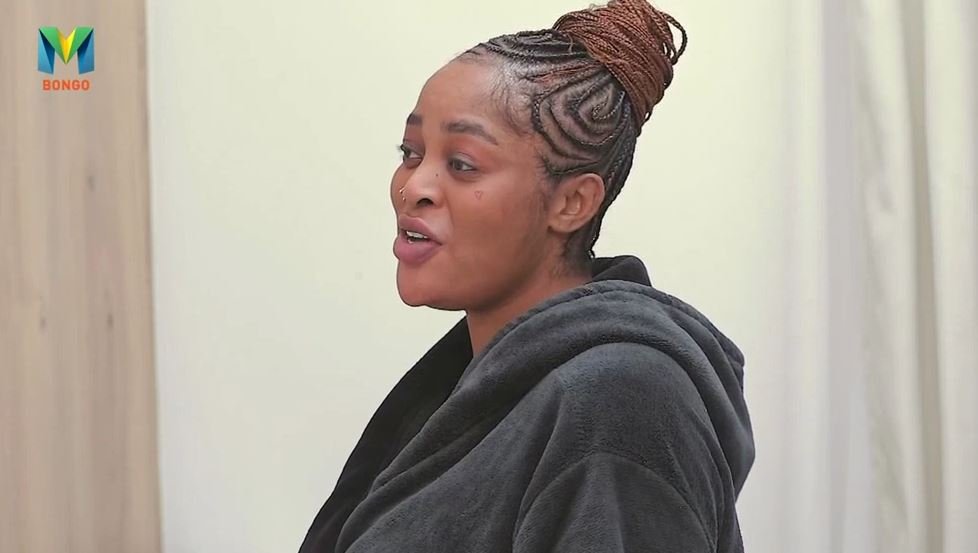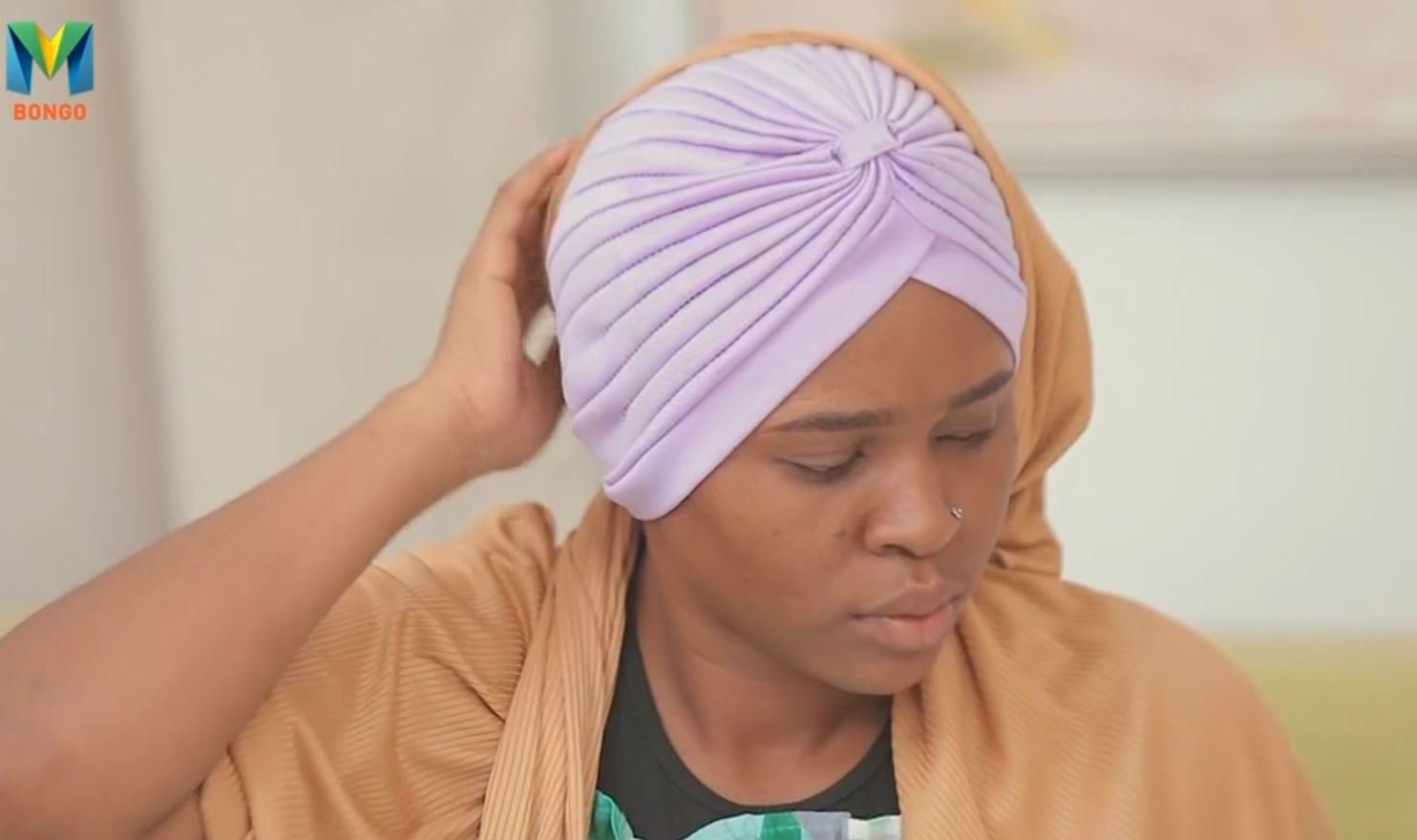OPPO A38: A Smart Budget Phone Option in Kenya
The OPPO A38 offers a solid mix of features and affordability, making it a strong contender for buyers in Kenya who want a dependable smartphone without spending top tier money. Below is a breakdown of its specifications, strengths, weaknesses, and where you can purchase it locally.
Specifications
- Display: 6.56-inch IPS LCD, 90 Hz refresh rate. (Phonetronics Kenya)
- Processor: MediaTek Helio G85 (12 nm) chipset. (starmac.co.ke)
- RAM & Storage: Variants include 4 GB or 6 GB RAM + 128 GB storage. (Phonetronics Kenya)
- Rear Cameras: 50 MP main + 2 MP depth sensor. (Smartphone City Kenya)
- Front Camera: 5 MP. (Phonetronics Kenya)
- Battery: 5,000 mAh with 33 W fast charging. (starmac.co.ke)
- Network: 4G only (no 5G support). (Jumia Kenya)
- Other features: Side-mounted fingerprint sensor, IP54 splash/dust resistance in some listings, dual SIM. (Smartphone City Kenya)
Strengths
- The 90 Hz display offers smoother scrolling and a more fluid feel compared to many budget phones stuck at 60 Hz.
- A 50 MP main rear camera provides a higher resolution than many phones in this price bracket—good for daylight photography and social media.
- Good value storage options (128 GB) ensure enough space for apps, photos and media without immediate constraints.
- Fast charging at 33 W means less downtime—helpful in Kenyan settings where power access or convenience matter.
- Reliable brand support—OPPO has a presence in Kenya, which helps with servicing and warranty compared to obscure brands.
- Competitive price: listings show from around KSh 19,000 to KSh 21,000 for 4/128 GB variant. (Phonetronics Kenya)
Weaknesses
- The display resolution is only HD+ (~720p) in some listings, which means text and fine details won’t appear as sharp as Full HD phones. (starmac.co.ke)
- Lack of 5G connectivity—if you’re looking for future-proofing or maximum network speeds, this phone will be limited.
- The secondary rear camera (2 MP) adds little real benefit compared to a main high-res lens; it’s more of a marketing feature.
- Helio G85 chipset is good for everyday tasks but may struggle with heavy gaming or very demanding apps over time.
- Materials and build may be more utilitarian (e.g., plastic frame/back) than more expensive phones—so premium feel is reduced.
Price in Kenya & Where to Buy
- KSh 19,500 to KSh 21,000 listed for the 4 GB + 128 GB variant. (Phonetronics Kenya)
- Listings around KSh 20,000 – KSh 24,000 depending on variant and retailer. (Digital Phones)
- Example purchase links:
- PhonePlace Kenya: OPPO A38 – KSh approx. 22,999 for 4 GB/128 GB. (Shopfinder Kenya)
- PhonesCity Kenya: OPPO A38 4GB/128GB for KSh 20,000. (Phones City Kenya)
Why It’s a Good Budget Phone to Buy in Kenya
For Kenyan buyers who want a dependable smartphone for everyday use—calls, social media, streaming, messaging—and don’t want to spend a large sum, the OPPO A38 delivers strong value. You get a smoother display, decent camera, good storage and fast charging for around KSh 20,000. It represents a good compromise between price and performance.
Buying Tips
- Confirm variant (RAM + storage) before purchase—6 GB RAM may cost more but help with longevity.
- Make sure the charger supports 33 W fast charging as advertised.
- Buy from a retailer that offers warranty and after-sales service in Kenya.
- If you need 5G connectivity or top-tier camera features, you might need to budget a bit more—but if you prioritise value and everyday use, this phone fits well.
The OPPO A38 is a smart choice for many budget-conscious Kenyan buyers, offering meaningful features and reliable performance at a price that doesn’t break the bank.
HUBA MAISHA MAGIC BONGO 22ND OCTOBER 2025 WEDNESDAY LEO USIKU SEASON 15 EPISODE 96








You must be logged in to post a comment.